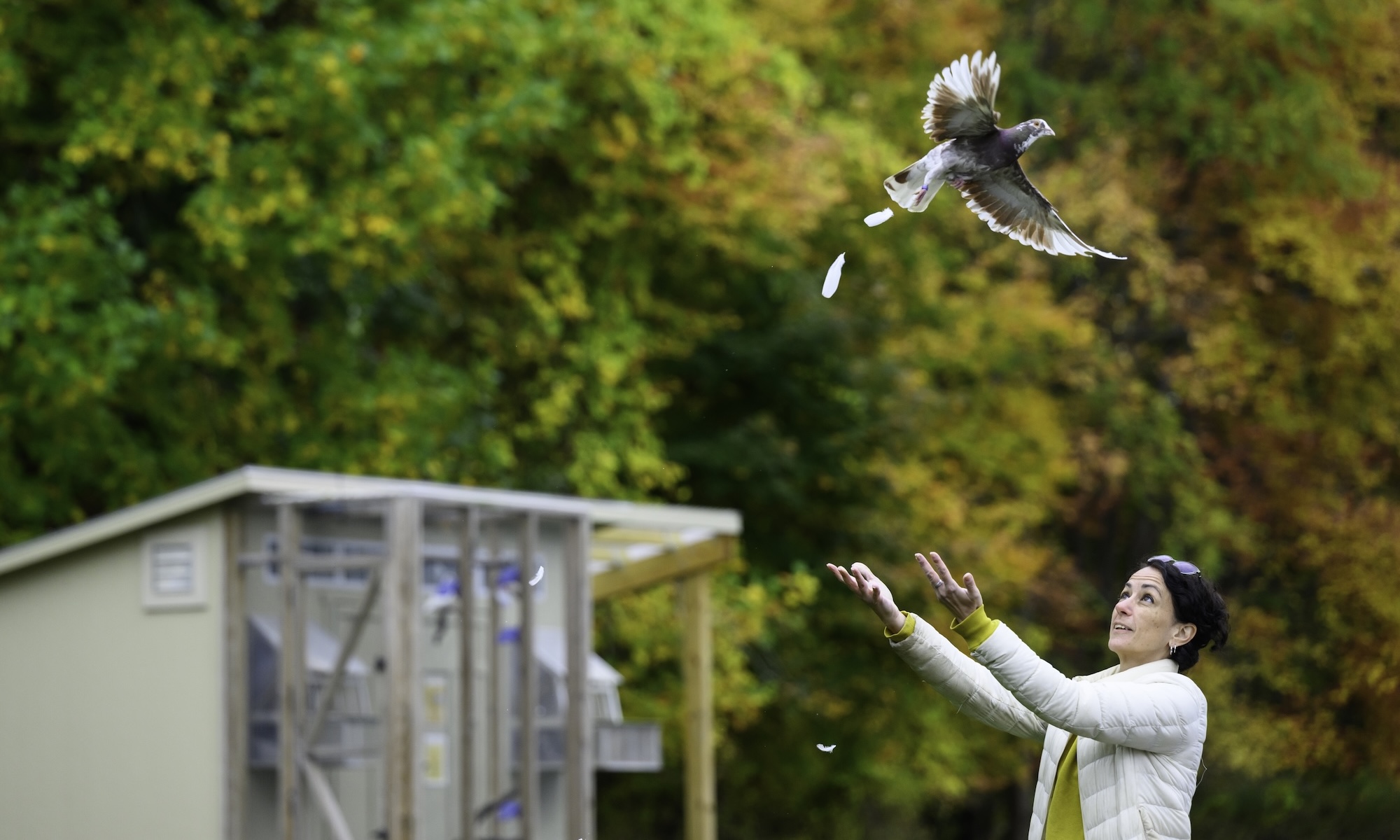
Campus & Community
Pre-college summer courses give sneak peek at campus life
Each summer, high school students take a variety of classes while living, dining, and learning at URochester.

University photographer J. Adam Fenster gives a behind-the-scenes tour of his favorite photos from this year. Plus, the research that resonated.











